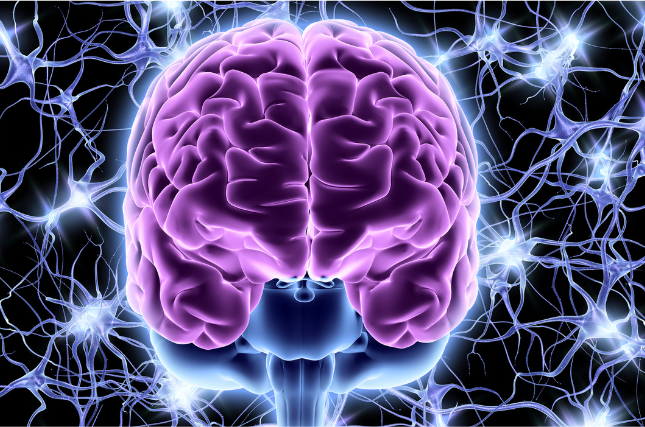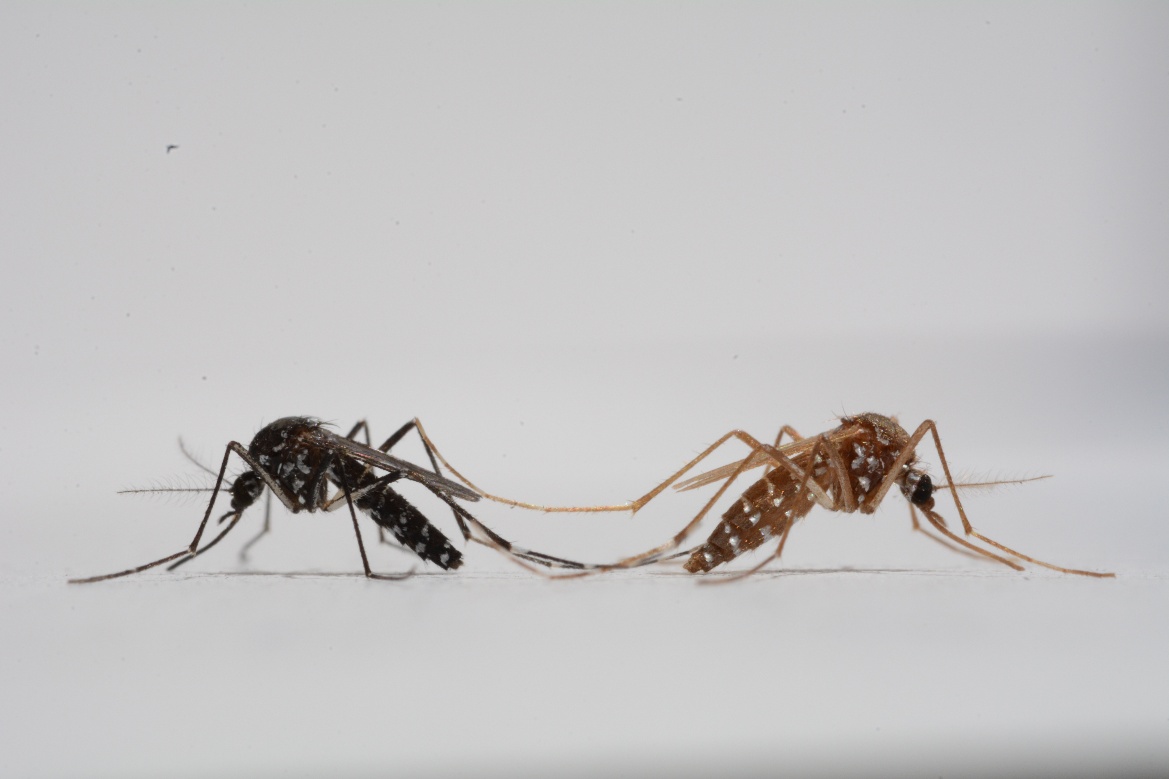
July 22, 2025 – Cocaine addiction has long been understood as a tug-of-war between reward and restraint. The rush of dopamine keeps users hooked, while withdrawal triggers anxiety, depression, and despair. But a new study by researchers at the Hebrew University of Jerusalem (HU) reveals that it’s not just the craving for pleasure—but the brain’s aversion to pain—that plays a powerful role in relapse.
Led by Professor Yonatan M. Kupchik and Ph.D. student Liran Levi from HU’s IMRIC Center for Addiction Research , the study identifies a specific “anti-reward” network deep in the brain that undergoes lasting changes during cocaine use, withdrawal, and re-exposure. This glutamatergic network, located in the ventral pallidum, is emerging as a key player in addiction—and a promising target for future therapies.
While the ventral pallidum is known for regulating pleasure and reward, this research highlights a lesser-known group of neurons that suppress dopamine release and amplify negative emotions. During abstinence, this anti-reward network ramps up its activity—intensifying discomfort and emotional distress. When cocaine is reintroduced, the network quickly quiets, reinforcing the cycle of relief-seeking and relapse.
“It’s a switch,” says Prof. Kupchik. “This network tracks the emotional cost of abstinence. When it’s highly active, it can drive someone to seek out the drug again—just to escape the negative feelings.”
The study also shows that this brain circuit connects with other key centers involved in emotional regulation and reward processing. During withdrawal, these connections become stronger, increasing sensitivity to negative emotional states. When the drug returns, the system resets—temporarily easing distress.
In a striking finding, the researchers discovered that when this anti-reward circuit was inhibited, drug preference and motivation actually increased. This suggests that the brain’s negative signals may serve a protective role—creating an internal brake that discourages excessive drug use by making it emotionally costly.
While most current addiction therapies aim to dampen the brain’s reward system, this study points to a different path: targeting the emotional pain of withdrawal. By understanding and potentially modulating the brain’s aversive signals, future treatments may better address the root causes of relapse.
The study offers a new framework for understanding addiction—not just as the pursuit of pleasure, but as the escape from pain. The research paper titled “A ventral pallidal glutamatergic aversive network encodes abstinence from and re-exposure to cocaine” is now available in Science Advances and can be accessed here.
Researchers:
Liran A. Levi1,2, Kineret Inbar1,2, Esti Tseiger1, Yonatan M. Kupchik1,2
Institutions:
- Department of Medical Neurobiology, Institute for Medical Research Israel-Canada (IMRIC), Faculty of Medicine, The Hebrew University of Jerusalem
- IMRIC Center for Addiction Research (ICARe), The Hebrew University of Jerusalem





